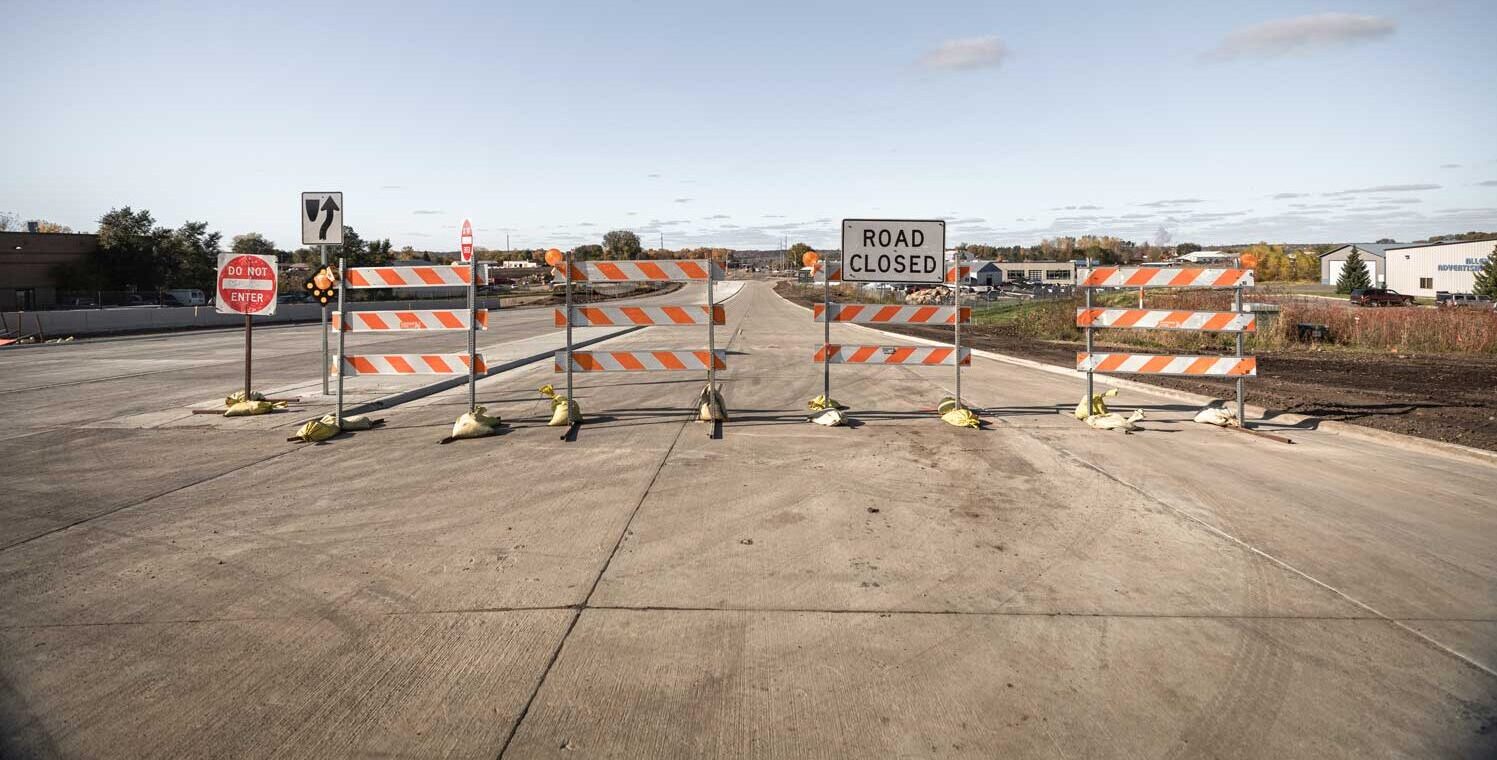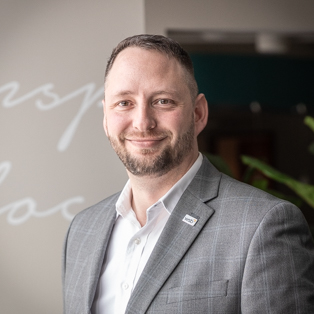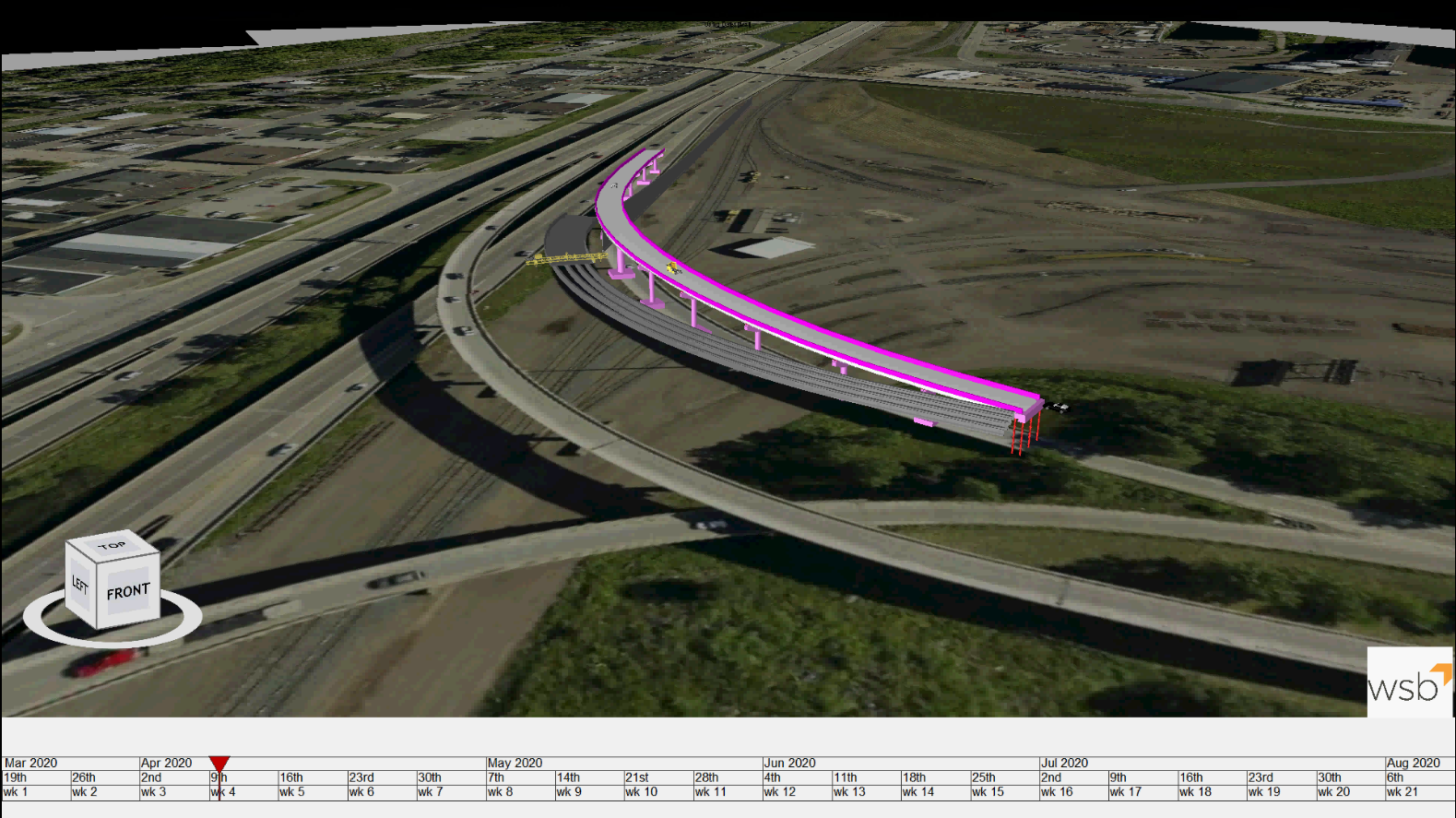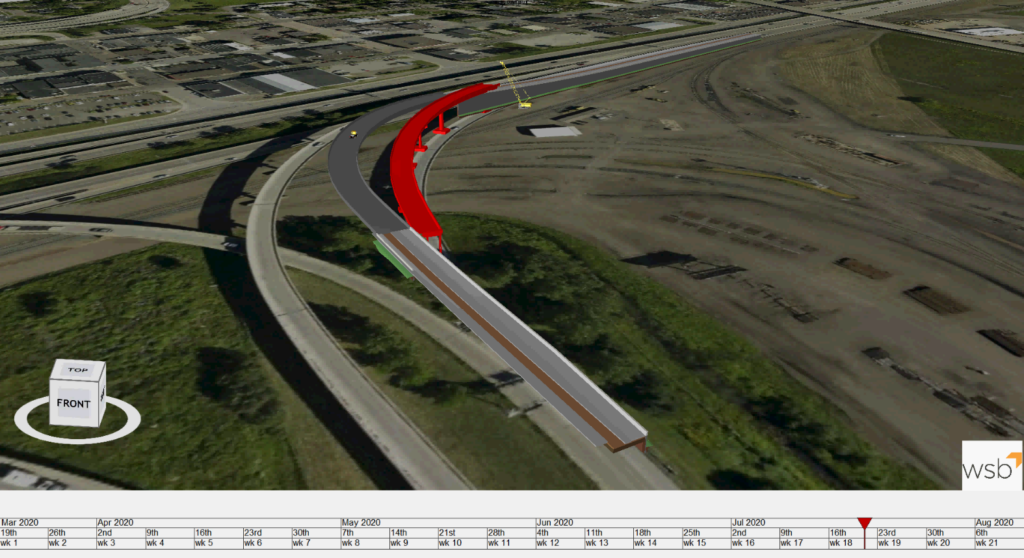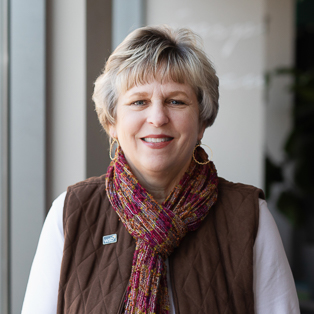
US Fish and Wildlife Service decide listing monarch butterfly is “warranted but precluded”
By Roxy Robertson, Environmental Scientist, WSB
The United States Fish and Wildlife Service (USFWS) recently announced their decision to list the monarch butterfly under the Endangered Species act is “warranted but precluded”. The USFWS will not issue a proposed rule to list the monarch officially until 2024 due to insufficient funding and personnel. The listing will be evaluated annually to determine its eligibility and listing decision may be expedited under a new administration.
What does the USFWS decision mean?
- The “warranted but precluded” decision means that the USFWS has determined the monarch butterfly meets the definition of a threatened or endangered species, but the agency lacks the resources to take further action to list the species at this time.
- Since monarch butterflies still face threats and decline, there is a strong likelihood that monarch conservationists will challenge and litigate the decision.
- If litigation occurs, the USFWS could be ordered to prioritize the listing prior to 2024. This could result in a listing of the species within a short timeframe. If this occurs, partners enrolled in the Candidate Conservation Agreement for Monarch Butterfly on Energy and Transportation Lands (CCAA) are protected against regulatory actions that may occur following the listing decision.
Why is the CCAA important?
- By enrolling in the CCAA, partners will be protected against any regulatory actions that may result from future listing. Enrollment avoids risks to planned projects that may impact monarchs and their habitat by giving assurance that no additional regulatory requirements will be imposed by the USFWS beyond the terms of the CCAA agreement.
- The conservation efforts of enrolled partners will help to save the monarch species. This decision means that monarch butterflies are in trouble and unless the species experiences dramatic improvements in the next few years, a future listing of this species is certain.
- Enrollment in the CCAA demonstrates the partner’s commitment to conservation of this species.
Roxy is an environmental scientist and certified wetland delineator. She has a master’s degree in ecology and is a Certified Associate Ecologist. She has completed numerous wetland delineations and has experience with wetland monitoring, ecological restoration design, environmental site assessments, field research, biological surveys, ArcGIS mapping, and GPS Trimble.
[email protected] | 763.762.2844

